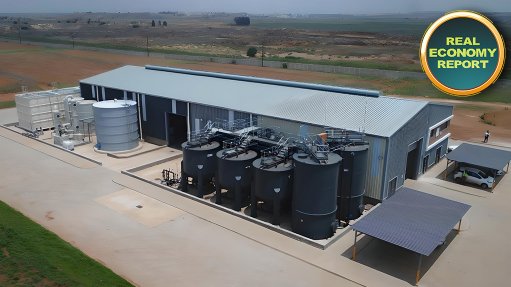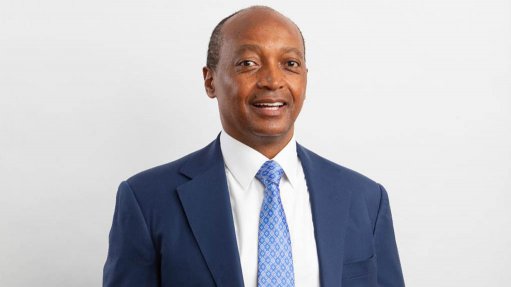Humanitarian crisis hot spots
Russia’s invasion of Ukraine, which has grabbed headlines internationally since it started in February last year because of its global ripple effects – shocks to supply chains, energy markets and food supply – has been particularly ruinous. But that hasn’t been enough to thrust the country to the top of the 2023 crisis watchlist of the International Rescue Committee (IRC), a US-headquartered nongovernmental organisation. That dubious honour belongs to Somalia, with Ethiopia, its Horn of Africa neighbour, in second position.
Africa is well represented on the list, with the Democratic Republic of Congo, South Sudan and Burkina Faso joining Somalia and Ethiopia in the top ten of the IRC’s latest report, released in December.
Worryingly, conflict – and not acts of God such as extreme weather events or prolonged droughts – is the main cause of the crises in the spotlighted countries. As the IRC notes, conflicts, which drive 80% of the humanitarian need, are increasing in size and duration, with the watchlist countries having experienced armed conflict for an average of 12 years.
Despite bearing little responsibility for climate change, contributing a measly 1.9% of global carbon dioxide emissions in 2019, the spotlighted countries are experiencing a rapid acceleration in climate-change-related humanitarian emergencies. These are countries that are the least prepared to mitigate the effects of climate change.
Economic factors are also responsible for the humanitarian crises in the countries. These include the long-term impacts of the Covid-19 pandemic and the Russian invasion of Ukraine, which, collectively, have put the prices of key necessities out of reach for many. As an illustration, food prices in the watchlist countries raced to 39.7% in December, compared with 19% in non-watchlist countries. This is because, before the conflict, Russia and Ukraine were major suppliers of grains such as wheat to global markets. In fact, seven of the watchlist countries imported an average of 66% of their grain requirements from the warring former Soviet republics, with the proportion rising to 90% in Somalia’s case.
Back to Somalia, the top hot spot country. It has this dubious distinction due to an interaction between three factors: an interminable armed conflict, climate change and economic turmoil. The IRC elucidates: “While [climate change and economic turmoil] are key to understanding why Somalia is at the top of the watchlist this year, the country would have been better able to withstand these two global shocks were it not for decades of chronic armed conflict that destroyed and weakened many of the systems and infrastructure that protect communities in other countries from crises.”
Conflict remains a key humanitarian crisis risk factor in Somalia this year, as does food insecurity, with famine predicted to strike parts of the country by year-end.
Meanwhile, in Ethiopia, which is heading towards its sixth consecutive failed rainy season, 20-million people are food insecure, according to United Nations estimates, and the IRC cautions that, given “the scale of the emergency in 2022, food insecurity will certainly remain severe into 2023 and catastrophic conditions, where people are starving to death each day, could spread if aid is not immediately scaled up”.
The situation in Ethiopia is exacerbated by armed conflict in several parts of the country, including Tigray. However, some hope was provided for the people of Tigray when an agreement to end hostilities in the region was signed in November.
In the DRC, 26.4-million people out of a total population of 95.2-million people are believed to be in need of humanitarian aid, largely because of the escalating conflict in the east, as well as economic challenges and disease outbreaks.
Conflict, along with climate shocks and food insecurity, are also humanitarian risk factors in South Sudan. In Burkina Faso, the key risk factor is conflict.
Comments
Press Office
Announcements
What's On
Subscribe to improve your user experience...
Option 1 (equivalent of R125 a month):
Receive a weekly copy of Creamer Media's Engineering News & Mining Weekly magazine
(print copy for those in South Africa and e-magazine for those outside of South Africa)
Receive daily email newsletters
Access to full search results
Access archive of magazine back copies
Access to Projects in Progress
Access to ONE Research Report of your choice in PDF format
Option 2 (equivalent of R375 a month):
All benefits from Option 1
PLUS
Access to Creamer Media's Research Channel Africa for ALL Research Reports, in PDF format, on various industrial and mining sectors
including Electricity; Water; Energy Transition; Hydrogen; Roads, Rail and Ports; Coal; Gold; Platinum; Battery Metals; etc.
Already a subscriber?
Forgotten your password?
Receive weekly copy of Creamer Media's Engineering News & Mining Weekly magazine (print copy for those in South Africa and e-magazine for those outside of South Africa)
➕
Recieve daily email newsletters
➕
Access to full search results
➕
Access archive of magazine back copies
➕
Access to Projects in Progress
➕
Access to ONE Research Report of your choice in PDF format
RESEARCH CHANNEL AFRICA
R4500 (equivalent of R375 a month)
SUBSCRIBEAll benefits from Option 1
➕
Access to Creamer Media's Research Channel Africa for ALL Research Reports on various industrial and mining sectors, in PDF format, including on:
Electricity
➕
Water
➕
Energy Transition
➕
Hydrogen
➕
Roads, Rail and Ports
➕
Coal
➕
Gold
➕
Platinum
➕
Battery Metals
➕
etc.
Receive all benefits from Option 1 or Option 2 delivered to numerous people at your company
➕
Multiple User names and Passwords for simultaneous log-ins
➕
Intranet integration access to all in your organisation

















